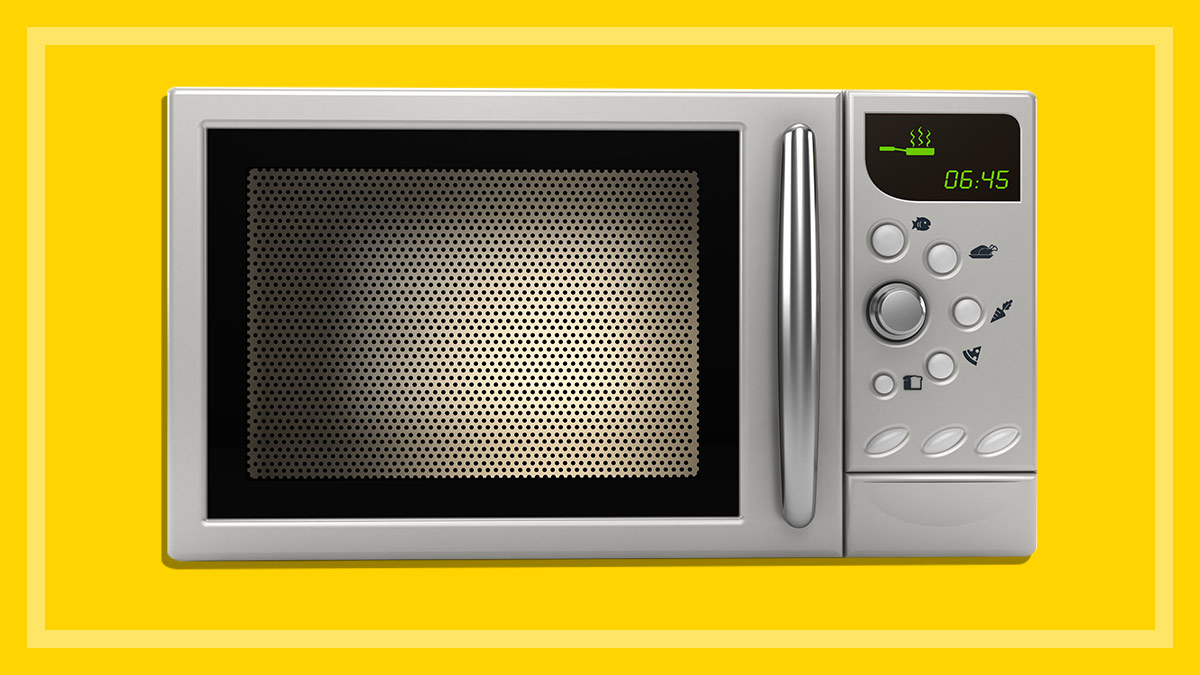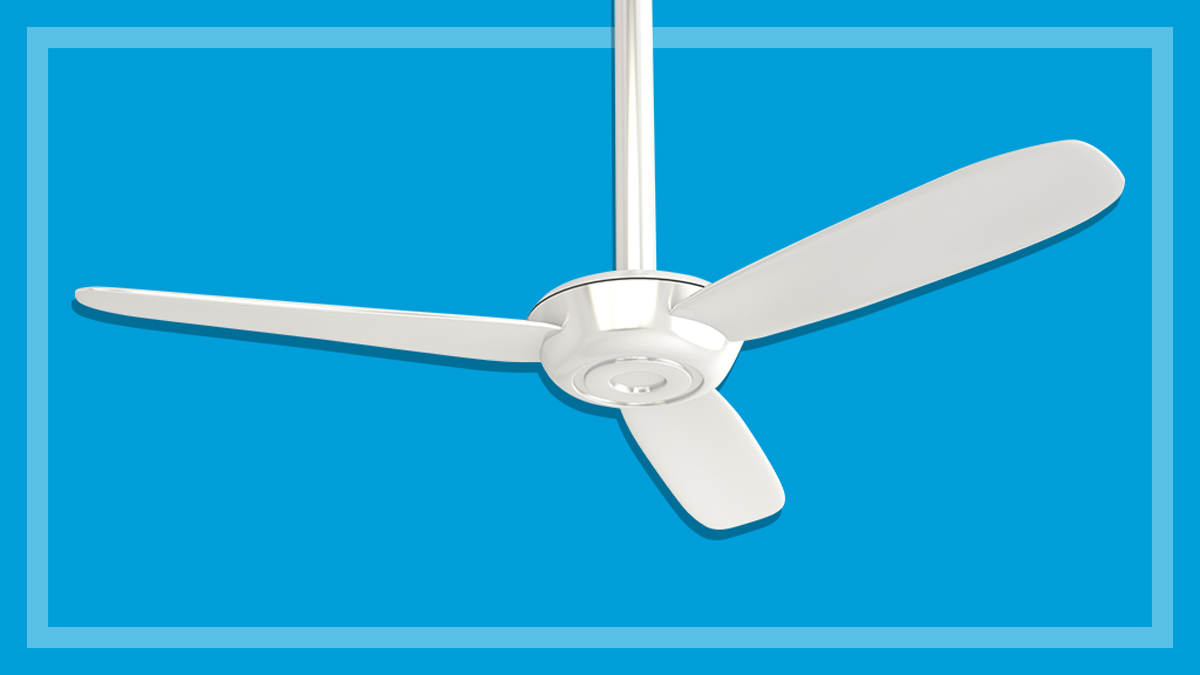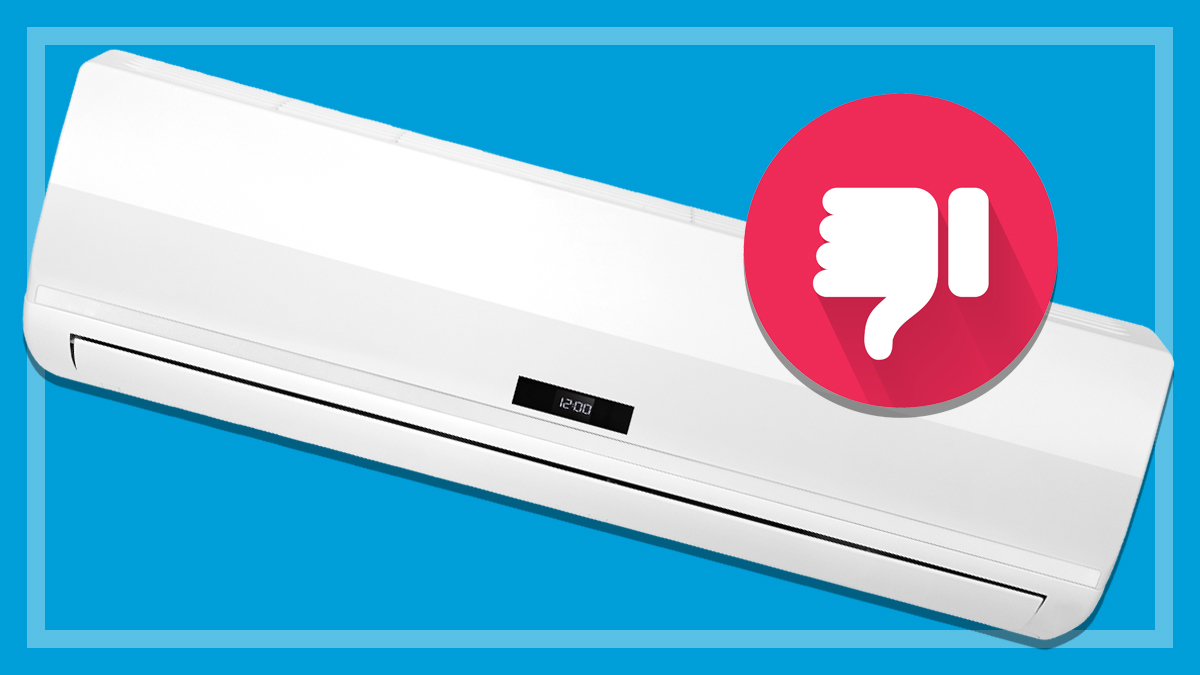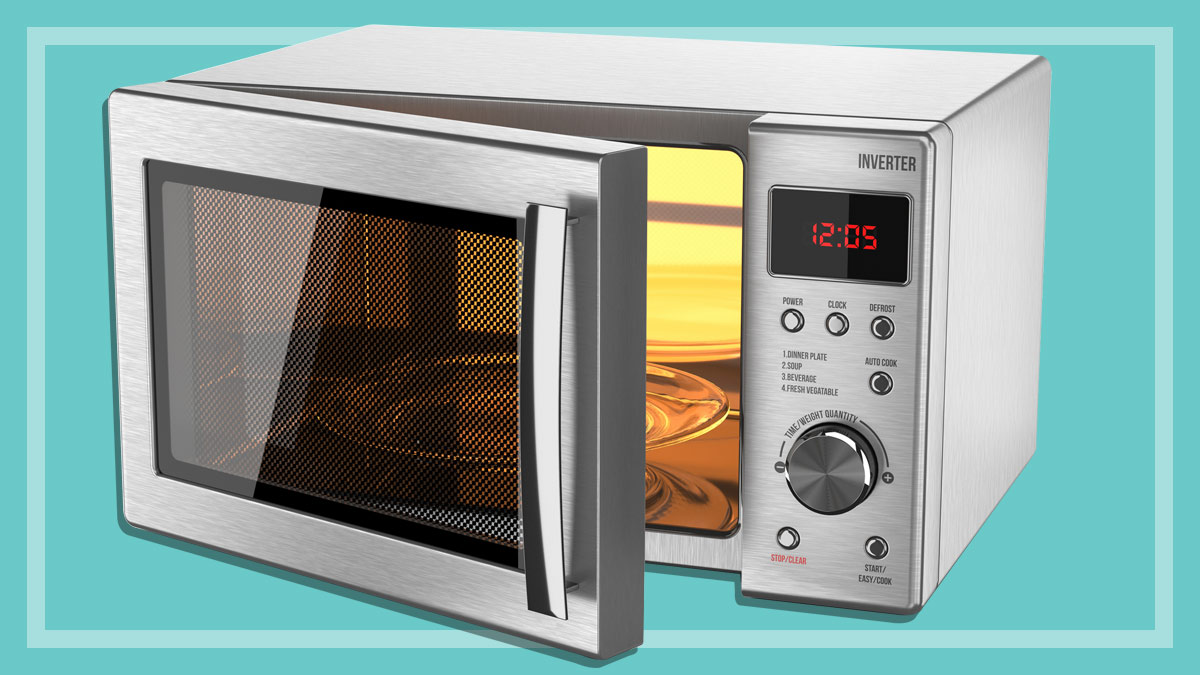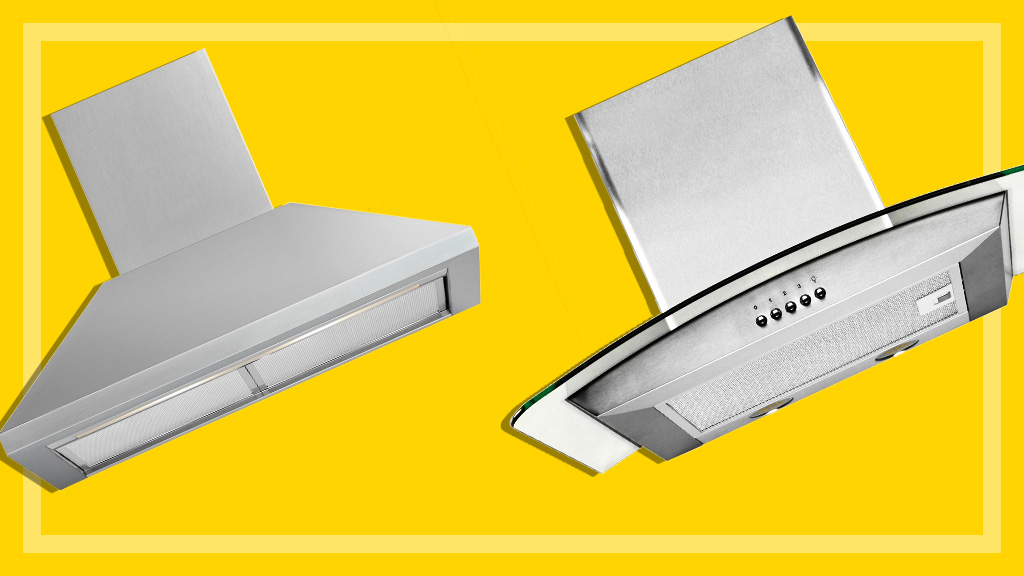Get our independent lab tests, expert reviews and honest advice.
How we test microwaves
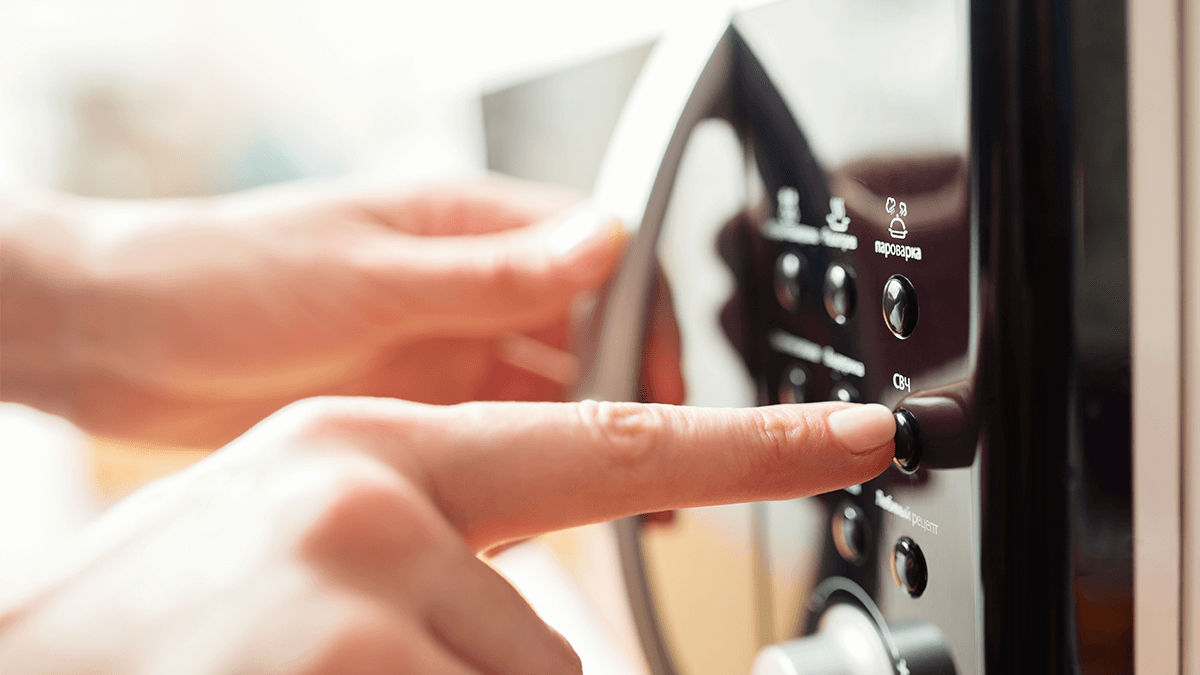
A microwave is a handy appliance to have in your kitchen and we test them regularly in the CHOICE labs. If dinner time is fast approaching and you’re in a rush, a microwave can be useful to defrost meat, quickly cook vegetables or reheat last night’s leftovers.
On this page:
- Our expert testers
- How we choose what we test
- How we test microwaves
- Test criteria explained
- Our test lab
Our home economist, Fiona Mair, and her team have put many microwaves through their paces over the years and can tell you which ones perform best (and which ones you should avoid). Here’s how they do it.
Our expert testers
Fiona certainly knows a thing or two about getting the most out of your kitchen appliances. With over 30 years’ experience, she’s seen lots of new technology enter the kitchen space, such as the development of sensor functionality for microwaves.
How we choose what we test
With a wide range of products available, what makes us choose one microwave to test over another? As with most of our product testing, our aim is to choose the most popular models on the market – the ones you’re most likely to see in shops.
We survey manufacturers to find out about their range, we check market sales information and we also check for any requests from CHOICE members to test specific models. From this information we put together a final list that goes to our buyers. They then head out to the retailers and purchase each product, just as a regular consumer would. We do this so we can be sure they’re the same as any consumer would find them and not ‘tweaked’ in any way for better performance.
How we test microwaves
Cooking performance
We assess the performance of regular microwaves by conducting the following cooking tests.
Reheating
We reheat quiche to assess heating a solid, high-fat food to measure whether the oven heats evenly throughout to a high enough temperature.
Defrosting mince meat
This assesses the microwave’s auto-defrost ability. Parts of the food can start cooking if the auto-defrost time is too long, the power program is poorly designed, or the oven’s microwave distribution isn’t even.
Defrosting a whole chicken
This test also assesses the microwave’s auto-defrost ability. Due to the structure of a whole chicken (a non-uniform food containing bones and a cavity), defrosting can easily lead to parts being warmed or cooked while others are still frozen.
Cooking vegetables
We cook broccoli to assess the microwave’s ability to cook vegetables. Broccoli is the chosen vegetable as it shows overcooking very quickly by way of colour change. Its non-uniform shape also makes it a tricky vegetable to cook.
Melting
We melt chocolate to assess the microwave’s ability to melt a food that’s very sensitive to high temperatures. We look for chocolate that’s melted perfectly without having to stop, stir and check the melting process during the program. This is a new test, so the results don’t form part of the CHOICE Expert Rating (our overall score) yet.
Convection microwave cooking performance
In addition to the four cooking tests above that assess microwave performance, we conduct a further four cooking tests when reviewing convection microwaves, to assess the microwave oven and combination cooking functions.
High temperature baking
We bake scones to test how evenly the oven cooks at a high temperature over a short time.
Combination roasting
We roast a whole chicken using a combination of convection and microwave functions to assess roasting performance of a non-uniform food at a moderate to high temperature, therefore reducing the cooking time using microwave cooking while retaining moisture and crisping the skin.
Combination baking pizza
We cook a freshly prepared pizza at a very high temperature for a short period using a combination of convection and microwave. This assesses the microwave’s ability to crisp and brown the base and evenly cook the toppings.
Grilling
We toast bread to assess the grill area for how quickly it toasts the bread and how evenly the heat is distributed.
Ease of use
In addition to performance, we also look at how easy the microwave is to use.
- Are the controls intuitive and easy to operate?
- Are the instructions easy to follow?
- How effective is the light? Is the viewing window large enough and easy to see through?
- Are the interior and exterior easy to clean? Do the surfaces wipe clean easily and are there small holes where dirt can accumulate?
In response to member feedback, we’ve also started recording how noisy the beeping alerts and cooling fans are, and whether the volume of the beeps can be controlled.
Test criteria explained
The CHOICE Expert Rating, our overall score, is made up of:
- cooking performance (70%)
- ease of use (30%).
We also take member feedback into account to determine reliability. Brand reliability and owner satisfaction scores refer to the brand only, not the particular model, and do not form part of the CHOICE Expert Rating.
Our test lab
We maintain a kitchen lab that is up to date with the latest reference machines and calibrated measurement tools for our testers to bring you the right results on everything from microwaves and kettles to ovens and cooktops.

